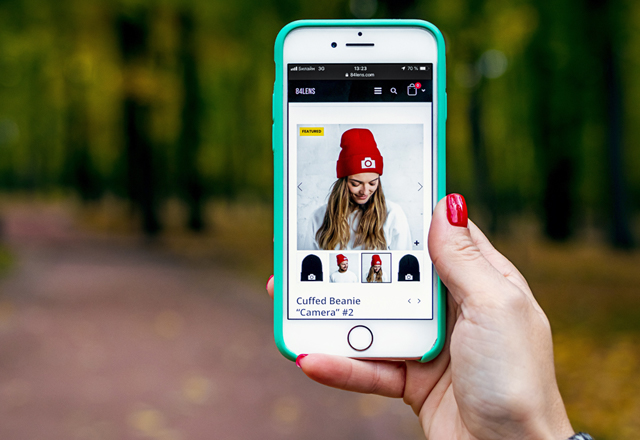In-store inventory: Curating to compete against ecommerce’s endless aisle

One of the most difficult things for a retailer is understanding what items to have in-store and which could be successfully handled in online as part of an endless aisle strategy.
For brick and mortar retailers, physical in-store space is finite, and what’s available must be used effectively.
That is particularly challenging as brick and mortar retailers face the vast breadth of inventory that ecommerce competitors offer.
However, sometimes that enormous ocean of product can overwhelm customers.
Get insight into inventory
Traditional retailers can augment what’s in-store with online offerings, but one of the highlights of being brick and mortar is the ability to offer “look and feel” in a curated environment.
The “inner sanctum” of any retail store is the inventory area.
Making the most of that space will save any retailer money.
Storing inventory and supplies in a warehouse comes at a cost, especially if it eats away at display/retail space. Off-site inventory incurs rental and transportation costs, as well.
However, retailers must have “the right” inventory on hand so shoppers don’t leave stores empty-handed.
Retail inventory management keeps the backend in line with the front-end’s needs.
Good retail management software helps you see:
- The quantities of each product in stock
- A sense of when reordering is necessary
- The number of items that should be ordered regularly
- Best selling items
- Items that are unpopular
- The amount of inventory on-hand is adequate
- If overstocking is a concern
- If your inventory space is not big enough
Getting a handle on inventory management affects a business’ bottom-line, allowing it not only to continue operating, but also to grow.
Without a strong inventory management process, it’s easy to lose track of stock.
Mismanaged items are more easily stolen and seem to vanish without a trace – precisely because there is no traceability.
In a worst-case scenario, a retailer spends money on unknowingly replacing stolen goods, while paying to store an item that was ordered to replace a product that was never actually sold.
Additionally, not having a firm grasp on inventory levels can also mean running out of stock more easily, missing sales opportunities.
Today, many retailers offer a buy online, pickup in store option.
Not having inventory in sync with on-hand counts is a customer experience disaster.
In addition to keeping accurate inventory numbers, some stock management can be handled within the product displays.
The cost of storage depends upon the amount of inventory needed to be stored.
Planograms, or the blueprint of a store’s layout, can help retailers improve sales with visual merchandising.
Digitize the in-store experience
Today’s shoppers are used to a much higher level of convenience, choice and accessibility than in the past, because of the influence ecommerce has had on retail.
Therefore, it’s important for stores to “digitize” by providing personal recommendations, customer reviews and increased assortments, so that when customers enter a physical store, their expectations are met.
Planograms help to arrange merchandise in a way that catches the customer’s eye, organizing in a way that provides more room on your shelves, and helps estimate how much to place on the sales floor.
Brick and mortar retailers should focus on effective use of inventory space.
Too much is as detrimental as too little.
By employing retail management technology to count and manage products, they can offer what customers want, when they want it, while maintaining a healthy profit margin.

















